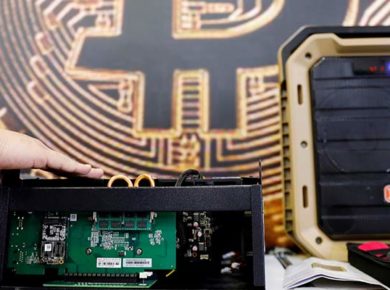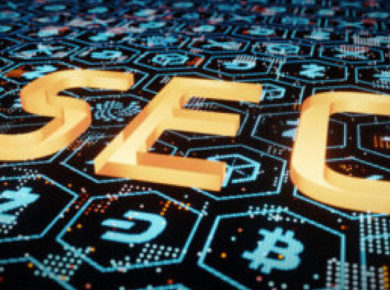There have been many accusations thrown at crypto for its overconsumption of electricity, directly linking the high computing power and electricity needed to run it to global warming and threats to nature.
And while some cryptocurrencies, like Solana (SOL) and Mushe (XMU), use a fairly minimal amount of electricity, some cryptocurrency practices indeed use huge amounts of electricity.
Bitcoin (BTC) mining, for example, has been estimated to use 0.5% of yearly electricity consumption. This may seem like a very small fraction, but when considering that this is more electricity output than the country of Finland or the entirety of Google in a year, these accusations begin to make much more sense.
But what sets Solana (SOL) and Mushe (XMU) apart from Bitcoin (BTC)? The answer lies in their proofing systems.
What is Proof-of-Work?
Proof-of-Work, as a concept in computing, has existed since before the advent of cryptocurrency. Theorised and coined as a term in the 1990s, Proof-of-Work is a method of cryptographic proof in which one machine or group of machines proves to a collection of verifying machines that a certain amount of computing power has been used for any given task.
Proof-of-Work, as its name suggests, is a way for a machine to prove it has put in the correct amount of work for an interaction to take place.
When applied to cryptocurrency, Proof-of-Work is a system able to give rewards to crypto miners based on the amount of work their system can be proven to have done in the time needed for a new block of data to be added to a blockchain. The more work, the more likely they are to receive the newly minted cryptocurrency associated with the chain.
The Proof-of-Work system has a myriad of benefits, providing high-quality security for transactions, whilst also encouraging healthy competition and growth which allows the blockchain and currency to grow.
How Has Proof-of-Work Impacted the Environment?
With cryptocurrency now being such a lucrative market, and tokens like Bitcoin (BTC) becoming harder and harder to mint as fewer coins become discoverable, the Proof-of-Work system has evolved into a far less healthy environment.
As more computing is needed to mine tokens, the energy consumption needed for Proof-of-Work systems has also increased, creating a rapid acceleration of technology as miners try to stay on top of the competition.
This acceleration has come to such a head that Bitcoin (BTC) mining uses more electricity than some European nations. And that is just one Proof-of-Work cryptocurrency blockchain.
How is Proof-of-Stake Different?
The Proof-of-Stake system, meanwhile, is the blockchain proofing system used by blockchains like Solana (SOL), with crypto projects like Mushe (XMU) planning to migrate to this system due to its environmental efficiency when compared to Proof-of-Work.
Proof-of-Stake systems work by selecting their verifying machines, based on the amount of that blockchains cryptocurrency held by the machine.
The machines with the highest stake in a given cryptocurrency are the machines given the opportunity to prove their work in adding blocks to a blockchain, thus allowing them to earn newly minted currency.
Proof-of-Stakes Positive Impact
By limiting the number of machines associated with mining and minting cryptocurrencies, blockchains that utilise a Proof-of-Stake system reduce the huge amount of competing machines associated with the process, simultaneously removing the fierce competition for extreme technological improvement that may over-consume electricity.
A reduction in the number of machines used in the process also makes Proof-of-Stake a significantly faster proofing system, giving it a significant appeal to contemporary crypto users.
In a world where the modern internet provides us with instant gratification, people do not want to wait, especially when money is involved. As such, new cryptocurrencies on the market can often be seen using Proof-of-Stake blockchains, to create a smoother and more enjoyable user experience.
For a currency like Mushe (XMU), this factor is especially important. As a project with the mission to bring new users into the crypto space, creating a positive user experience is imperative. A fast system will provide this, making Mushes (XMU) plan to migrate services to the Solana (SOL) blockchain an understandable one.
Furthermore, with more attention being paid to Proof-of-Work’s environmental impact, those new to the crypto sphere are likely to seek out projects that minimise their carbon footprint. And the Proof-of-Stake system provides that.











